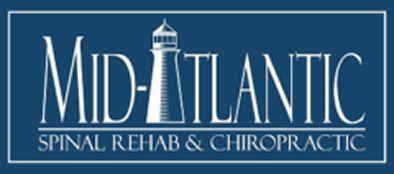Effective Management of Baltimore Whiplash
As I write this blog post it occurs to me that it’s been nearly 2 years since I left Las Vegas to move to Baltimore to open my own Chiropractic practice that focuses on treating patients involved in auto accidents, whiplash, motor vehicle collisions, and other forms of personal injury. One of the most important things I learned while working in Las Vegas was the effective evidence-based management of whiplash patients. Chiropractors often see their care criticized by third party payers and other health professionals. Many people consider care rendered in a Chiropractic office as “MUSH”. MUSH is an acronym for: manipulation, ultrasound, stim (electric muscle stimulation), and heat. The implication is that all care rendered is passive (i.e. the patient lays there and the services are rendered TO the patient). Most research indicates that regardless of the type of therapy you choose to use to recover from a Baltimore auto accident, the early introduction of active care has been shown to have the best results for long term prognosis.
At a recent continuing education conference on the management of Whiplash injuries generally accepted treatment guidelines were reviewed. As I sat in my chair thinking “this is obvious, I do this everyday” it amazed me how many other providers were not doing for their patients what I’ve been doing since my first day. Apparently the other providers have been putting out “MUSH.”
For uncomplicated whiplash cases, many chiropractors utilize the “Croft Guidlines” for whiplash care. It details the maximum treatment length for uncomplicated cases (no neurological findings, no extremity weakness, etc.)
Utilizing the Croft Guidelines, we can break up rehabilitation therapy into three phases of care (lasting on average 4-16 weeks post Baltimore car accident:
1. Acute Care (first 1-5 weeks). 3-5 visits per week, focusing on pain management (often co-treating with medical providers), emphasis on early return to work and normal activities
2. Subacute care (next 2-6 weeks): Decreased frequency of visits to 1-2x/week, a de-emphasis on passive modalities with an emphasis on active care (rehabilitative exercises, stretching, strengthening)
3. Rehabilitative care (next 1-5 weeks): One visit every week to every other week, continued emphasis on self-care strategies, home exercises, return to normal activities of daily living.
Generally speaking, a re-evaluation of the patients condition is performed every 10-12 visits (or one month, whichever comes first). Provided that a patient is progressing, they move into the next stage of care. If they are getting worse or not improving with care patients are either referred for a specialist evaluation or referred for advanced imaging such as MRI or CT scan, depending on the condition and presentation.
One thing to consider is that these are merely GUIDELINES. They are not hard and fast rules. Patients who are older, who smoke, who are diabetic, or who are on blood thinners generally do not heal as fast as those that are younger and healthier. Some patients do better quickly and some do better slower than the guidelines.
If you, or anyone you know, has suffered whiplash as a result of a Baltimore car accident, and need the help of a Baltimore chiropractor that treats these conditions every day, please contact Mid-Atlantic Spinal Rehab & Chiropractic at (443) 842-5500. We would be glad to help!
Dr. Gulitz
